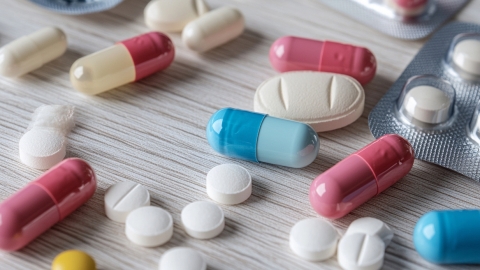Does cefalosporin react with cooking wine?
Under normal circumstances, concurrent use of cephalosporin antibiotics and cooking wine may trigger a disulfiram-like reaction. However, whether such a reaction actually occurs and its severity depend on individual factors and the amount consumed. Below is a detailed explanation:

Cephalosporins inhibit the activity of aldehyde dehydrogenase in the liver. Alcohol in cooking wine is first metabolized by alcohol dehydrogenase into acetaldehyde, which then relies on aldehyde dehydrogenase to be further broken down into harmless acetic acid. When aldehyde dehydrogenase activity is suppressed, acetaldehyde cannot be properly metabolized and accumulates in the body, leading to a disulfiram-like reaction. Symptoms may include facial flushing, headache, nausea, vomiting, and palpitations. In severe cases, it can cause difficulty breathing, hypotension, and other health-threatening conditions.
During treatment with cephalosporin antibiotics and for at least 7 days after discontinuation, individuals should avoid consuming any alcoholic beverages—including cooking wine, beer, and wine—as well as foods containing alcohol or medications that contain alcohol. If accidental co-exposure occurs and adverse symptoms develop, contact should be stopped immediately and medical attention sought promptly for professional evaluation and treatment.








